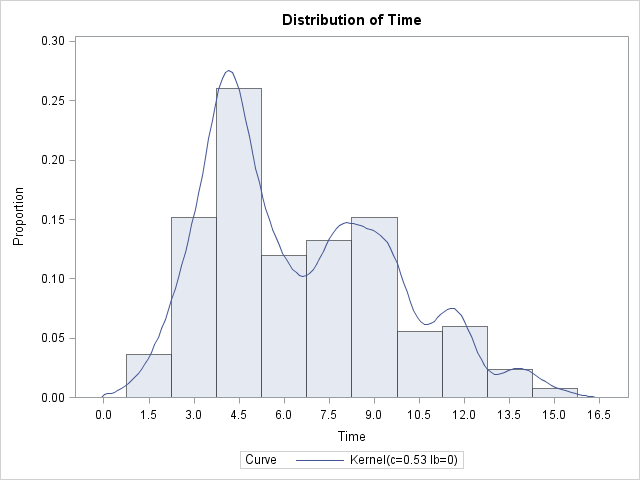
Sometimes a population of individuals is modeled as a combination of subpopulations. For example, if you want to model the heights of individuals, you might first model the heights of males and females separately. The height of the population can then be modeled as a combination of the male and










